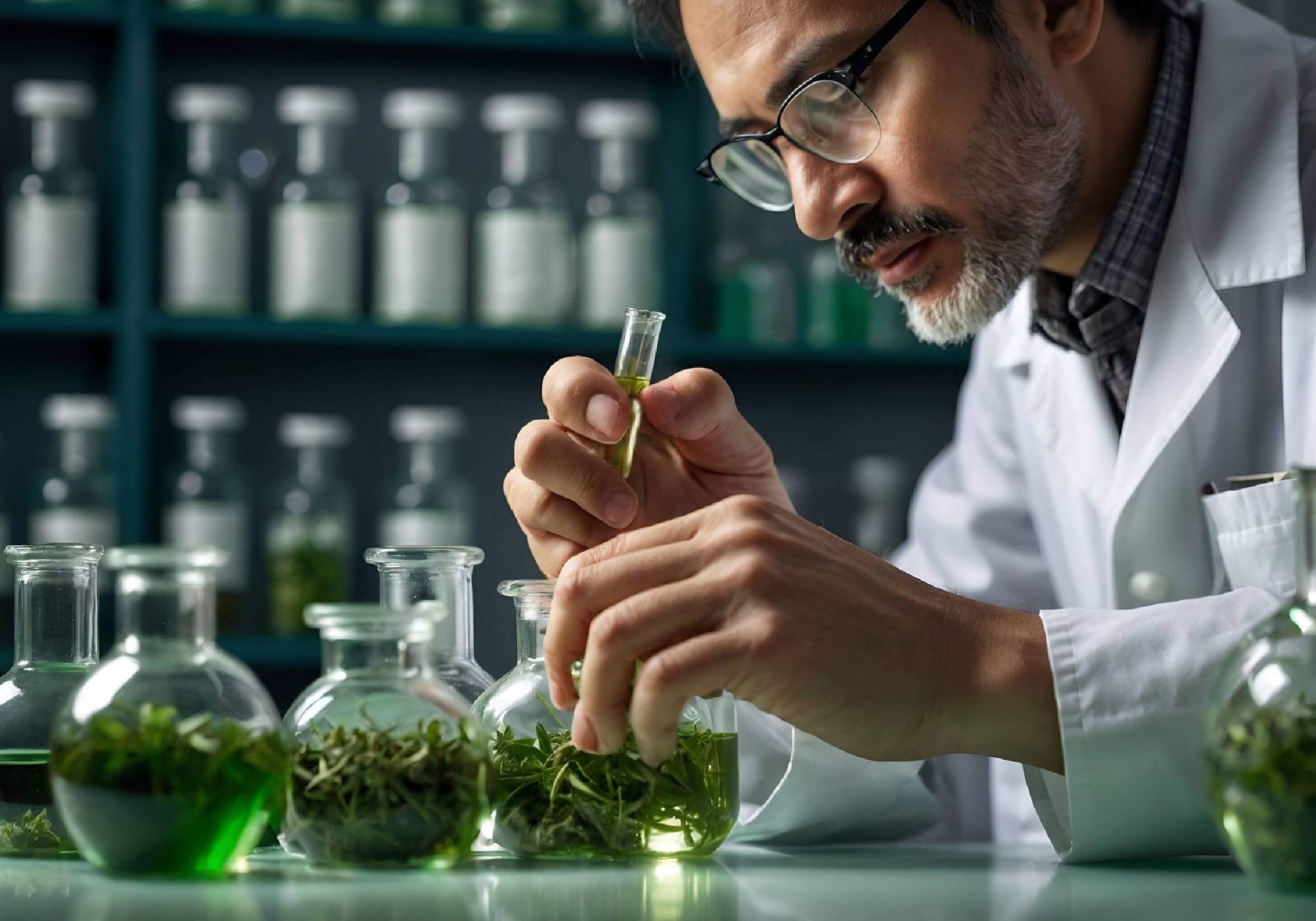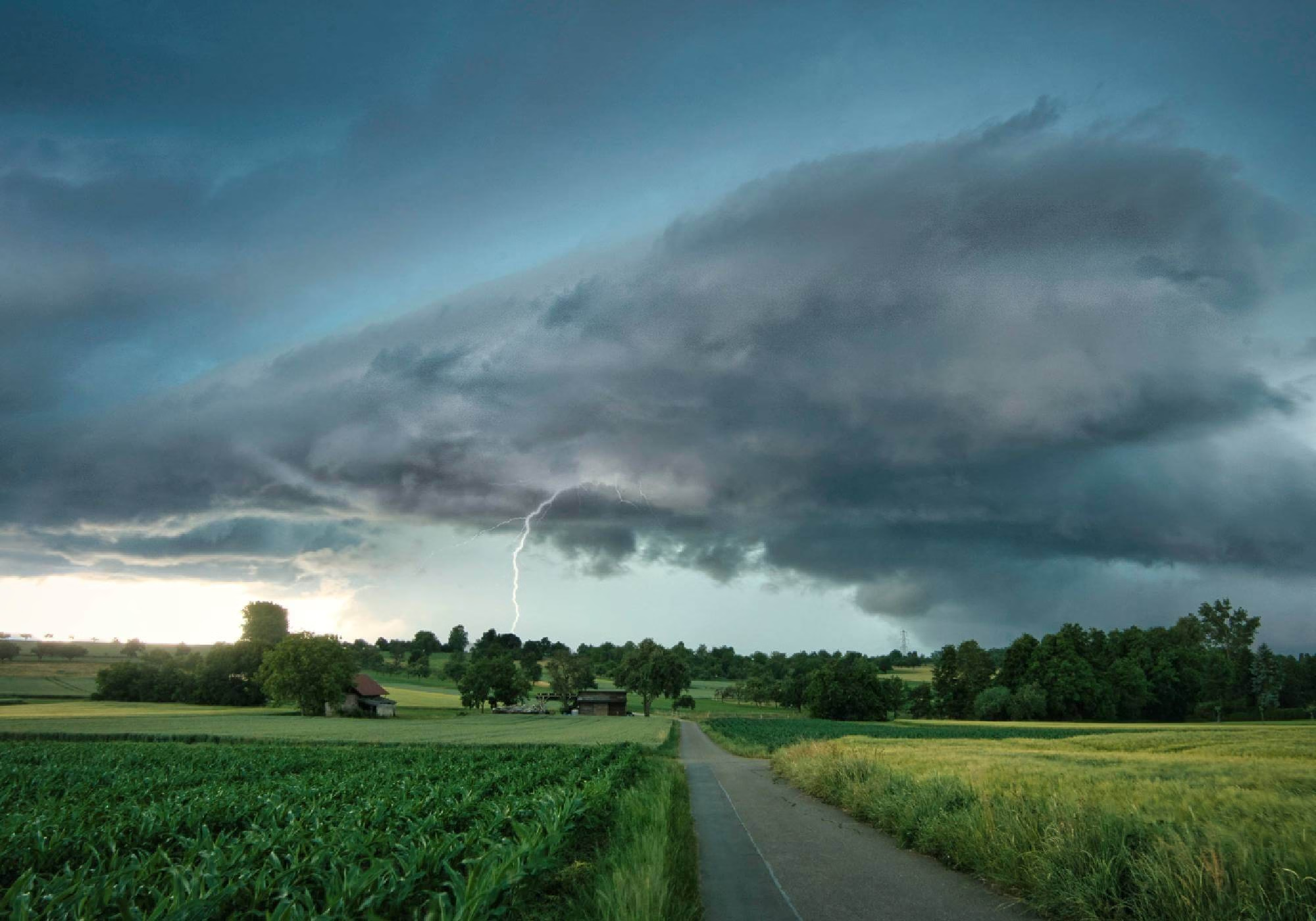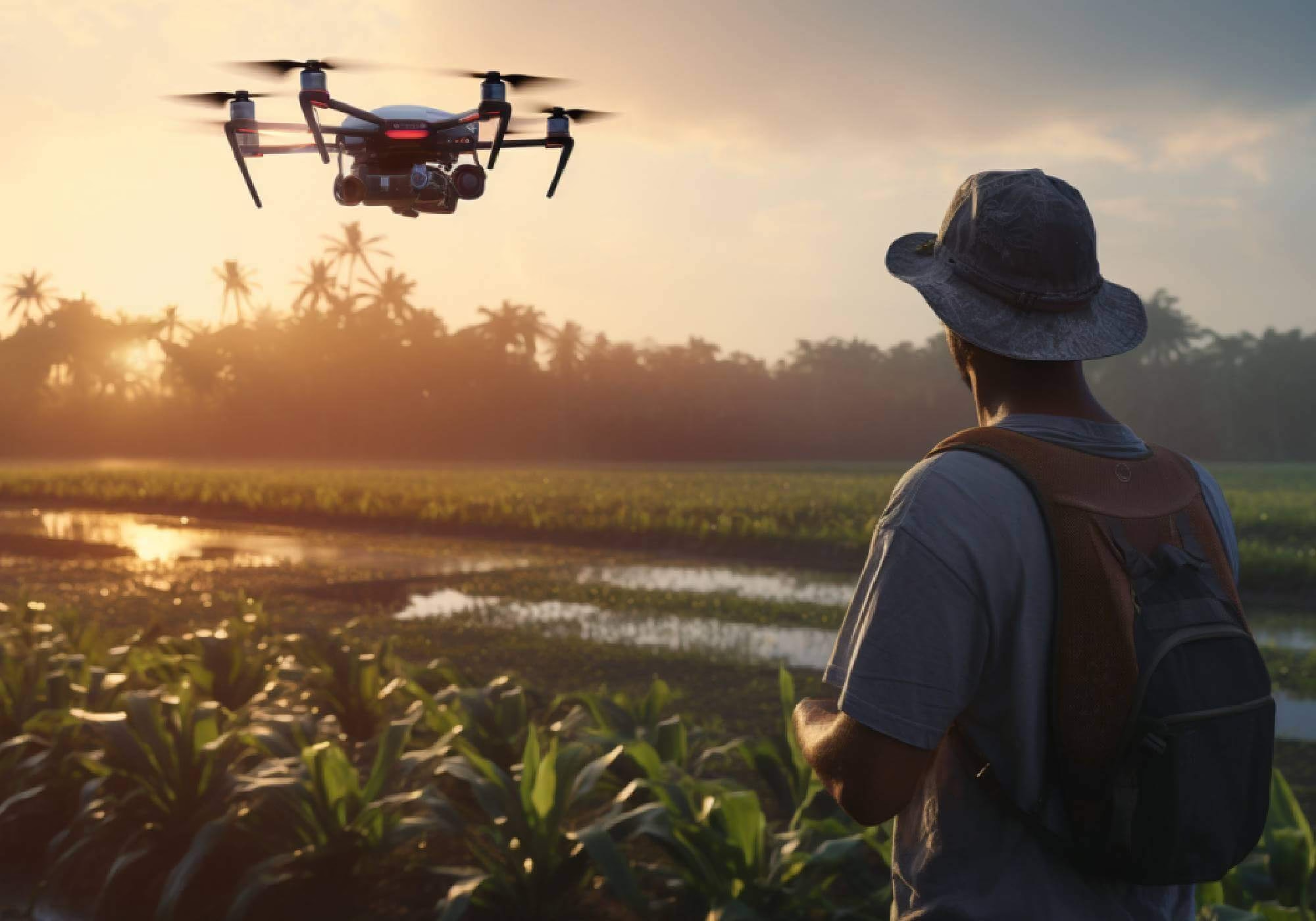Do you have any idea where we came from? Like any exploration of human evolution, this journey only gets more interesting with the introduction of ancient DNA investigations. This scientific discipline has turned into a treasure trove. It has enabled us to piece together the stories of our ancestors. It has provided us valuable information. This information is valuable, not just within the remit of forensic science. It also extends within the wider sciences’ hierarchy. In this article, we will examine the role of ancient DNA. It helps us find out where our ancestors come from. It also reveals how they lived and interacted. The Rise of Ancient DNA Studies What Is Ancient DNA? Ancient DNA is the genetic material extracted from preserved biological samples like ancient bones, teeth, or tissues. The procedure is innovative. It enables the scientists to analyze genetic sequences. These sequences have remained undisturbed for thousands or even millions of years. It is a precision game to extract antique DNA. Scientists carefully peel layers of DNA from fossils found in caves, or even frozen tundras. These tiny samples are now amplified by modern technologies so that researchers can reconstruct genomes of extinct species. This breakthrough reveals powerful new clues. It sheds light on how humans migrated from one continent to another. It also shows how they came into contact with other creatures, like Neanderthals and Denisovans. Fundamental techniques used in obtaining and studying ancient DNA: Why Ancient DNA Matters Understanding ancient DNA is crucial for several reasons: The Oldest Family Tree Ancient DNA research has revealed surprising details about our ancestors. Here are some historic findings: Discovery Impact on Human Ancestry Neanderthal DNA Modern humans share about 1-2% of their DNA with Neanderthals, proving interbreeding occurred. Denisovan Genome Showed that another human species coexisted with and interbred with our ancestors. Cheddar Man’s DNA Revealed early Britons had dark skin, challenging stereotypes about ancient populations. The integration of these ancient human species and their role in shaping the modern human genome is these findings. How Scientists Use Ancient DNA to Decode Human History Reconstructing DNA from ancient remains became possible with human-invented advanced technologies like next-generation sequencing. The data is used by scientists to map the relationships between species that reveal how genetic traits arose. For example, the study of ancient DNA has informed us about how the early humans mastered living in harsh climates. It also shows what type of disease immunity they developed. Famous Ancient DNA Projects Several projects have made headlines by sharing remarkable details about human history: “The past sets the stage, and with ancient DNA, we uncover humanity’s story using fresh tools.” The Impact of Modern Technology Advancements in DNA Analysis Technological innovations have propelled ancient DNA studies ahead. Key advancements include: Ethical Considerations As exciting as this research is, it brings with it ethical implications: Conclusion Studying ancient DNA is like uncovering the layers of history, piece by piece. We see the fine details human evolution began to reveal in time before. Already, genetic data narratives are uncovering familial connections, helping us to understand adaptations. Our ancestors teach us important lessons as we move ahead into the future. These lessons emphasize a shared heritage. We are all linked as humans in one way or another. Think not just of your family’s roots. Consider the expansive story of humankind. It is not just written on our bones but also comes from a shared, universal DNA. As we learn to unravel our ancestral DNA more, we are telling a story. This story pays homage to our ancestors. It also sets us on course for the future.
Master Bernoulli Probability Distribution: Simplified Formula for Beginners
Many statistics students often feel anxious when they hear the term ‘probability distribution’ in class. I have seen this happen dozens of times in my classroom. Yet, I discovered that the Bernoulli probability distribution formula is one of the simplest concepts in statistics. It has a yes or no outcome. The Bernoulli distribution formula calculates the probabilities for events with just two outcomes, success or failure. People use it without knowing. This happens when predicting rain tomorrow or checking product quality standards. Let me explain the Bernoulli probability distribution through the examples you may experience each day. This article breaks down the formula into manageable segments. You will see practical Bernoulli distribution examples ranging from weather forecasts to medical tests. The calculation methods will make it feel like simple arithmetic. What Is Bernoulli Probability Distribution? In simple terms, the Bernoulli distribution models a single event with two outcomes: success (1) and failure (0). Every event comes with a chance of success or failure. Each outcome has its own probability. This is a perfect tool for analyzing events with just two possible outcomes. A student takes a stat class where one outcome is ‘success’ (1) and the other is ‘failure’ (0). The applications of this concept stretch across many everyday scenarios: The Bernoulli distribution formula consists of two essential components: p (for probability of success) and q (for probability of failure, i.e., 1 – p). An outcome has to be guaranteed, and these probabilities must add up to 1. This distribution is one that I love. It feels like a special case of a binomial distribution with only one trial. But it gives us a simple concept by which we can construct more complicated probability models effectively. Its elegance lies in this distribution’s approach. It presents the reader with a simple method for addressing yes and no questions. It also provides a way to calculate their probabilities. The Bernoulli probability distribution helps us to understand the binary choices that form much of our daily lives. These range from coin tosses to factory quality checks to game predictions. Important features of Bernoulli Probability Distribution I would like to discuss some interesting things about the Bernoulli distribution formula. This will spawn a revolution in probability theory. The two simplest elements of this distribution are the starting point for understanding what this distribution is. Probabilities of success and failure The Bernoulli distribution consists of two distinct probabilities: You probably have to go elsewhere; these probabilities must add up to 1… (perfect sense!) Something happened! An 80% chance of success is mutually exclusive with a 30% chance of failure. Just like the numbers have to balance exactly. Basic mathematical notation The Bernoulli distribution uses a simple formula with a probability mass function (PMF). It looks like this: f(k;p) = p when k=1 and 1-p when k=0. Our distribution’s mean (expected value) equals p, and the variance comes out to p(1-p). The sort of thing I love about the variance is that it stays between 0 and 0.25. This acts like a safety rail for our calculations! This distribution fits perfectly with real life yes/no questions. Simple mathematical tools helps in to make sense of uncertain situations, from calculating game-winning odds to predicting tomorrow’s weather. Practical Formula Applications I will tell you some interesting ways that I use the Bernoulli probability distribution formula in real life. It is a simple, but powerful tool used to help us make better decisions, moment by moment. 1. Weather prediction examples My work with weather forecasts involves using the Bernoulli distribution to calculate rain chances. Weather models employ this distribution to predict daily rainfall. They mark each day as either rain (1) or no rain (0). The meteorologists I work with say that these predictions help them plan floods and manage water reservoirs effectively. 2. Medical testing scenarios Throughout that process, I have collaborated with medical professionals using the Bernoulli distribution to track patient outcomes during clinical trials. When the teams test the new drugs, they mark each treatment as (1) if it was successful. Otherwise, they mark it as (0) if not. Amounts of these calculations help solve positive process probabilities and steer choices in the identification of the effectiveness of treatment. 3. Quality control in manufacturing Here is something interesting from my time at a light bulb factory: The Bernoulli distribution formula helped in to predict the number of bulbs that would pass inspection daily. Manufacturing teams use this to: This simple mathematical tool makes a remarkable difference in various industries. The Bernoulli probability distribution appears in unexpected places, from predicting tomorrow’s weather to testing new medical treatments. Formula Practice Problems Let’s solve some real world Bernoulli distribution problems together! These are the best practice issues that I used to learn this concept during my statistics trip. Beginner level exercises Students love the light bulb quality test issue. Testing bulbs with a 90% pass rate means marking each working bulb as 1 and each failed bulb as 0. This exercise helps you learn the simple concepts of success probability (p) and failure probability (1-p). Solution walkthrough examples Here is a coin toss issue from my class. Tossing a coin 10 times and calculating the probability of getting at least seven heads becomes clear with these steps: Self-assessment questions Test your skills with these questions: These practice problems help my students feel more comfortable with the Bernoulli probability distribution formula. Simple probability calculations are followed by real life applications of each solution, which are built on previous concepts. Conclusion I still believe that the Bernoulli distribution formula is one of his favorite mathematical tools, since it simplifies complex probability calculations. Through teaching, I transformed students’ fear of probability distribution problems into confidence. They now approach problems with assurance on the ground! My students told me they love how the formula is broken into manageable pieces. It simplifies to p for success and 1-p for failure. It is such a simplicity that allows us to analyze anything from coin flips
How Weather Shapes Our World Every Day
Weather is not just behind what we do. It is the very force that controls everything we do. Weather patterns are important to our daily routine. They shape our environments. They influence our choice for a morning cup of coffee and the crops that fill our plates. How strongly weather patterns shape our daily life, but have you ever thought about it? How Weather Patterns Control Our Daily Choices But what if you wake up early in the morning and pouring rain begins? Weather affects the choices that we do not even notice. It determines whether we should wear a raincoat, switch to indoor activities, or change our commute. Breakfast sometimes comes from cold mornings and drinks from warm summers. Extreme heat and biting cold influences the way we consume energy. From heating systems to air conditioners, this covers it all. Role of Weather in Local Ecosystems Weather does not only dictate our actions; it also dictates the natural world. For example, crops only grow under those conditions. Below is a quick look at seasonal crops and their ideal weather: Crop Weather Preference Wheat Cool winters, moderate rain Rice Warm, humid conditions Apples Chilly temperatures As with humans, animals too have to survive off weather, just as with humans. Seasonal changes are important for migratory birds, but for hibernating animals, the cold season is approaching. An entire ecosystem can be destroyed by a single unusual season. Human Activities Shaped by Weather Trends The Earth’s tilt directly influences various parts of our daily lives. It influences our construction plans due to the weather conditions. It also influences our travel and leisure activities. For example, builders consider the local weather when designing their houses. As a result, these houses can withstand the test of time against winds or floods. Sunny regions thrive with tourism and get little in rainy or stormy areas. The weather is closely monitored by sports as well; snowboarding requires snow, whereas cricket thrives under sunny and clear skies. “Sunshine is delicious. Rain is refreshing. Wind braces us up. Snow is exhilarating. There is no such thing as bad weather, only different kinds of good weather.” — John Ruskin Responses to Changing Weather Conditions The world today demands accurate weather forecasts. We can use weather apps and satellites to plan for not only pleasant but also extreme conditions. Here is a list of tools that simplify weather predictions: Innovations like these are able to save lives, minimize losses and prepare us for the future. How Weather Patterns Impacts Our Mental Wellness On a sunny day, our spirits may rise; on a gray day, we might slow down. Weather’s emotional connection to weather impacts productivity, creativity, and relationships, too. Another good example of this is Seasonal Affective Disorder (SAD). It shows that bad weather can impair your mental health. Knowing these effects helps us stay flexible and make the most of all kinds of days. Weather-Driven Innovations in Our Environment Weather is a great example of what is needed to drive creativity. Our desire to adapt leads us to innovation, like wind-resistant umbrellas and insulated homes. Waterproof jackets are designed by clothing brands, and buildings to weather the extreme conditions by engineers. Cities that are prone to hurricanes build storm-resistant roofs or sloped roofs in snowy areas. In these adjustments, we see how humans adapt to nature. This is a positive sign. Conclusion Everyday weather patterns forces us to work in different ways. If we understand how the tool works, we can plan better, appreciate nature’s rhythm, and be ready to surprise. The next time you go outside, see how the weather affects not only the day, but then everything around you.
Future-Ready Farming: Top Sustainable Technologies for 2024
Farming has to change quickly to keep up with a growing world that needs to protect the planet. Today, sustainable farming technologies are used to grow food that saves water, land, and energy for farmers. These tools make farms more efficient, reduce waste, and make our environment safer. Next up, we will tackle the most promising farming tech that is shaping up for 2024. Breakthrough Technologies in Farming 1. Vertical Farming Space for traditional farming is limited by urbanization. Vertical farming grows crops inside controlled environments on stacked layers to solve this problem. This method has less water use, requires no soil, and reduces transportation requirements by closer pairing farms to cities. Fresh, pesticide-free greens are already being delivered throughout urban centers around the world by companies like AeroFarms and Plenty. 2. Precision Tools for Agriculture There is no need to rely on intuition anymore. Drones, GPS mapping, and soil sensors are all employed in precision agriculture, which uses fields in real time. We use these tools to help farmers save on water, fertilizer, and pesticide use and do it more efficiently. 3. Smart Irrigation Systems In a global problem of water scarcity, smart irrigation is just the answer. Measuring moisture levels in the soil using sensors, water is provided only when required by AI-powered systems. By preventing overwatering, it keeps your crops healthy in drought-prone areas, too. Renewable Energy on Farms Solar Power Solar panels on farms do more than reduce electricity bills. They power everything from irrigation pumps to storage facilities, ensuring farms remain operational during power outages. In 2024, many farms are integrating floating solar panels on ponds, doubling their use of space. Fun Fact: Solar-powered drip irrigation can save 60% more water compared to conventional systems. Farm Waste Animal manure and crop leftovers can now produce energy. Biogas systems convert waste into methane, which powers farm equipment or provides electricity. This not only reduces methane emissions but also creates an extra income stream for farmers. Wind Energy Small-scale wind turbines are being used on farms in windy areas. These systems are easy to install, and sufficient power can be generated to run daily operations. Not only that; many governments provide subsidies to encourage this eco-friendly practice. Eco-Friendly Ways to Protect Crops 1. Organic Pest Control Chemical pesticides are distasteful to the soil health and the water systems. Organic pest control avoids chemicals in controlling bugs. It employs natural predators like ladybugs. It also uses a natural solution to spray over the pests. Farmers are growing “cash crop traps” to protect their crops by keeping pests away. These crops act as a natural barrier, making it easier to manage pests. 2. Regenerative Farming Regenerative farming is centered on improving the state of the soil. Practices like mulching, no-till, and the use of legumes lower input costs. Healthy soil absorbs carbon from the air. Better quality of soil leads to better quality crops. This improvement results in lesser harm to our environment by cutting down our carbon footprint. Sustainable Farming Technologies Agriculture in the present century is not just about producing food but producing food in the right way. Effective technologies in agriculture do more than make it possible to produce food. They also help in curbing the effects of negative impacts from other conventional farming processes. Implementing these technologies involves steep costs. However, the long-term gains outweigh these costs. Most governments actively subsidize such developments. Some organizations also support these efforts. They aim to expand options for more farmers. Dairy farmers are not the only ones on this path. Organically grown products are the new trend. Consumers are actively seeking them in the market. This drives the market towards environmentally friendly products. You can even track a carrot from the farm it grew in. This is made possible through the use of blockchain, all the way to your plate. “To forget how to dig the earth and to tend the soil is to forget ourselves.” — Mahatma Gandhi Conclusion Farming of the future is about innovation and sustainable farming technologies. From growing food on skyscrapers to using solar energy, technology is enabling farmers to produce more food using the fewest resources. Those developments are not petty trends, they are indispensable. The implemented technologies can be used by the agriculture industry to overcome the climate change impact. They also help reduce the natural resources use. Additionally, they meet the growing world demand for food. This means that as farmers adopt these tools, they are ensuring the future of the planet is green and healthy for all. The modern methods of farming are already out there, and they are not dumb; neither are they polluting, crude, nor time-wasting. References




